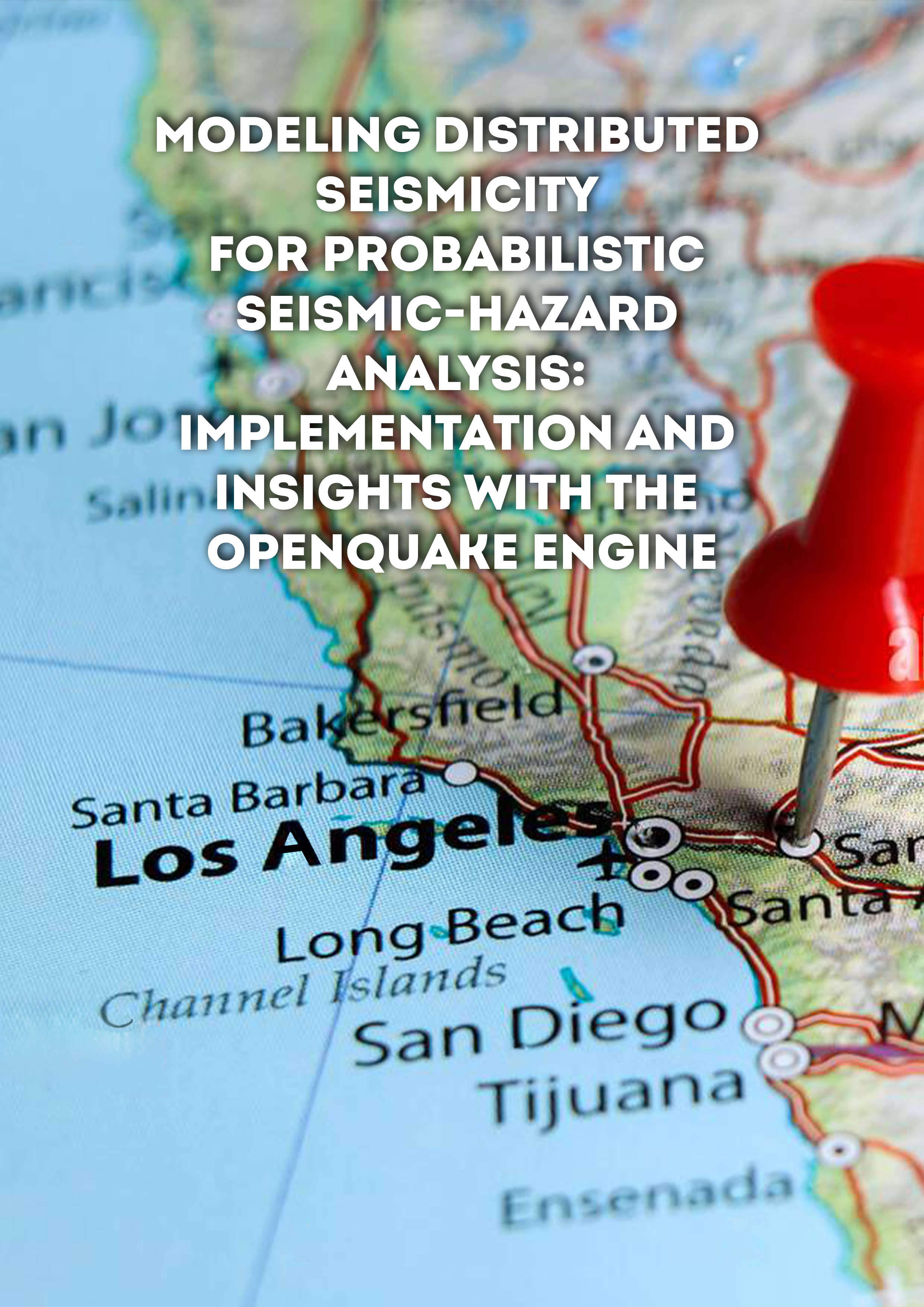top of page
Modeling distributed seismicity for probabilistic seismic_hazard analysis: Implementation and insights with the OpenQuake engine
2014
|
Peer-reviewed
In any probabilistic seismic‐hazard model, the earthquake activity that cannot be associated with well‐characterized fault structures is taken into account as seismicity distributed over a geographical region. Ground‐motion prediction equations (GMPEs) are generally based on predictor variables describing the spatial extension of a rupture. The approach taken to model rupture finiteness can therefore bias the estimation of seismic hazard. We study the effect of rupture finiteness in modeling distributed seismicity using the OpenQuake (OQ) engine, the open‐source software for seismic hazard and risk assessment promoted by the Global Earthquake Model initiative. For a simple test case we show how the inclusion of rupture finiteness, with respect to the point‐rupture approximation, leads to a significant increase in the probabilities of exceedance for a given level of motion. We then compare the OQ engine with the calculation software developed by the U.S. Geological Survey‐National Seismic Hazard Mapping Project. By considering a gridded seismicity model for California, we show how different approaches for modeling finite ruptures affect seismic‐hazard estimates. We show how sensitivity to rupture finiteness depends not only on the spatial distribution of activity rates but also on the GMPE model. Considering two sites in Los Angeles and San Francisco, we show that for a return period of 475 years, the percent difference in the associated ground‐motion levels when using point and finite ruptures ranges from 19% to 46%; for a return period of 2475 years the difference ranges from 29% to 58%.
bottom of page








